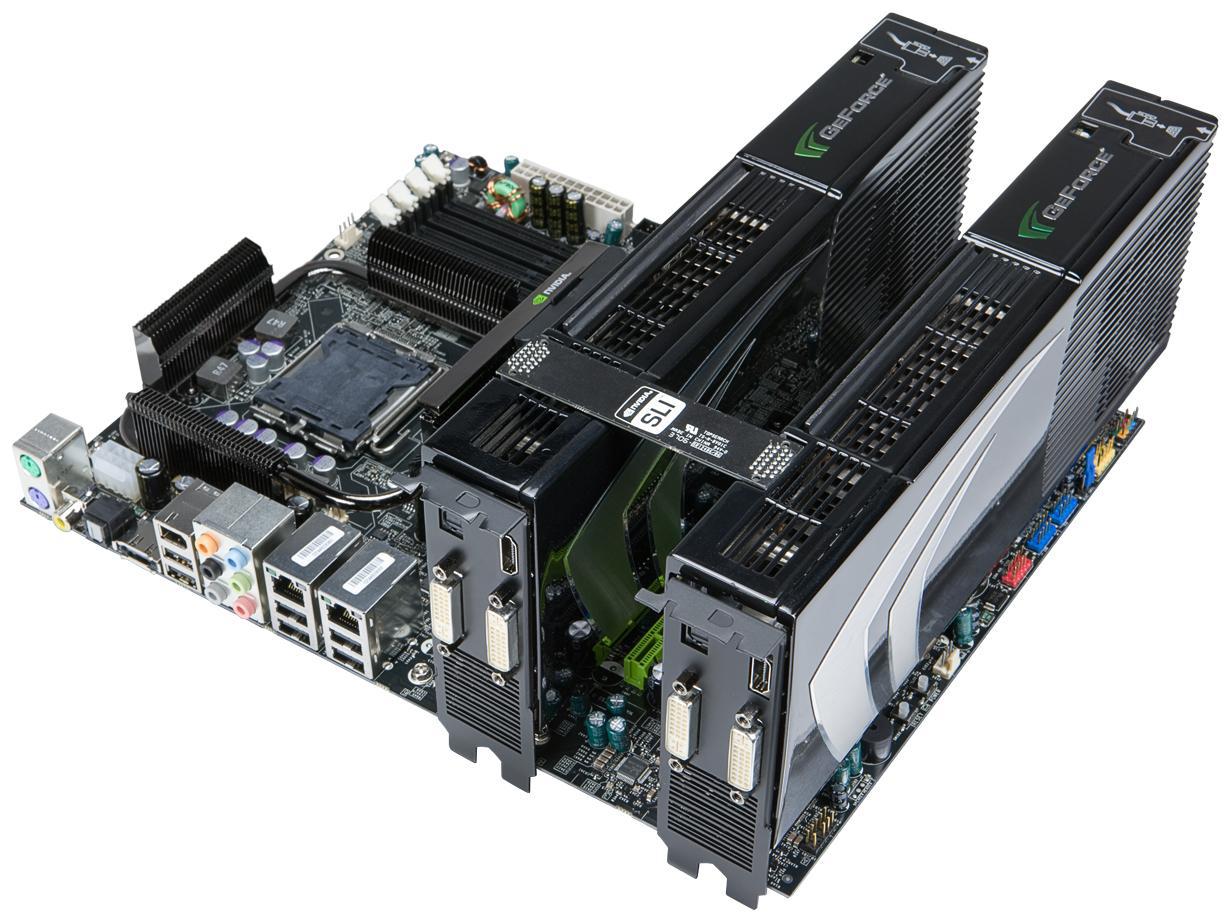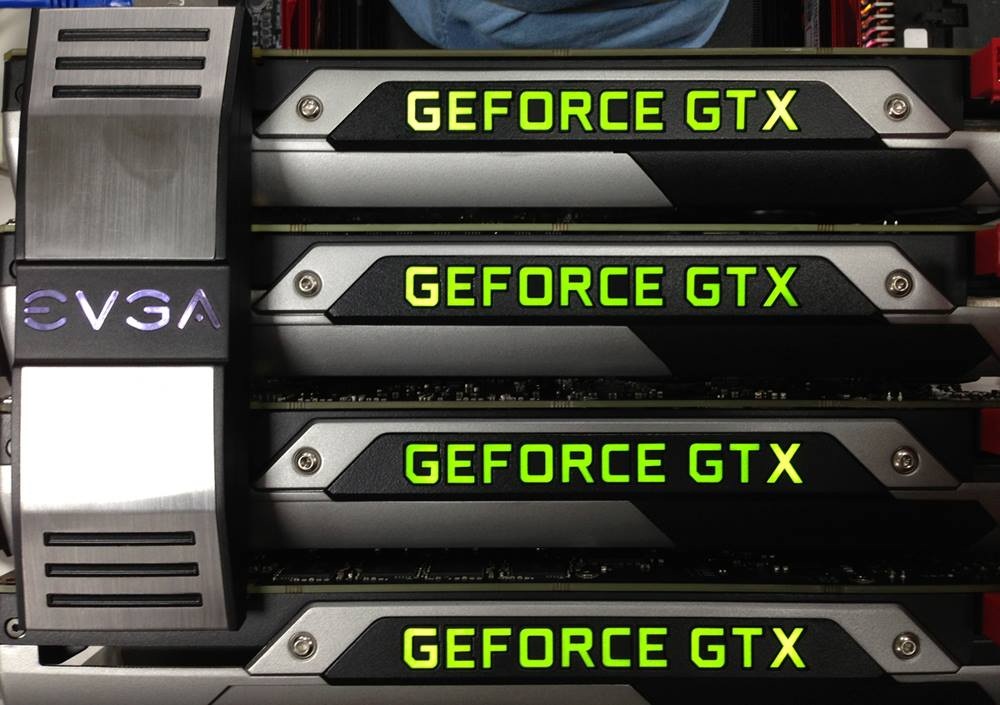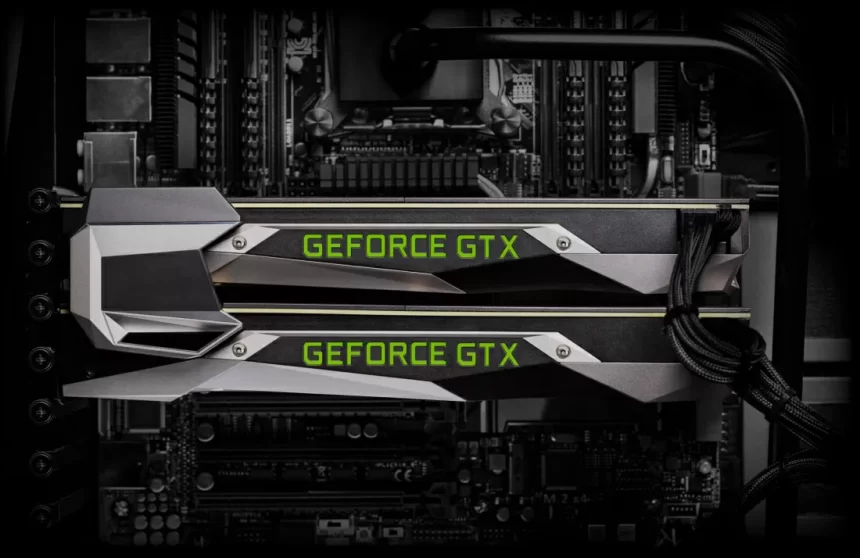If one GPU is good, then surely two GPUs are better, right? For a significant part of GPU history, that was the belief.
However, these days, you can’t just add a second graphics card to your PC and expect a significant boost in frame rates. Why is that the case? And when might we see a return to that capability?
Early on, graphics accelerator pioneer Voodoo introduced SLI, or “Scan-Line Interleave,” in the 90s. This technology allowed users to connect two identical Voodoo cards, with each card rendering alternating lines of the frame.

Following the demise of Voodoo (and its technology being acquired by NVIDIA), SLI made a comeback with NVIDIA’s GPUs, this time standing for “Scalable Link Interface.” NVIDIA’s primary competitor, ATi (now AMD), offered a similar technology called CrossFire.
Both technologies enabled connecting two to four GPUs, either on separate cards or on a single card, using a high-bandwidth bus to share rendering workload efficiently.
The specific implementation varied, but generally, GPUs would render frames alternately, or frames would be divided into regions in a checkerboard pattern.

When SLI or CrossFire worked as intended, they provided performance surpassing that of a single GPU. However, they were plagued by common issues such as “micro” stutters caused by syncing problems and bandwidth limitations, which could degrade the gaming experience even with high FPS.
Additionally, the performance scaling often made the cost-to-performance ratio unfeasible for many users. Adding a second card might not double performance but might instead result in a 70% boost if you were fortunate.







